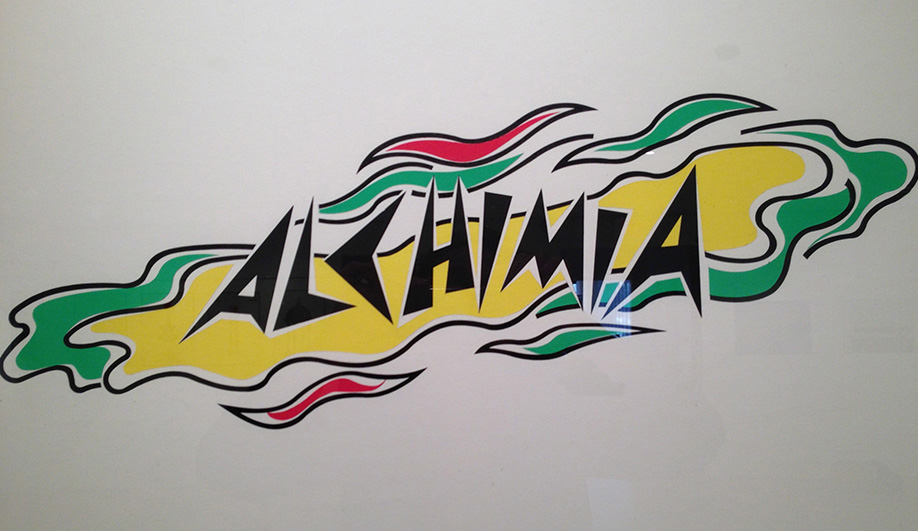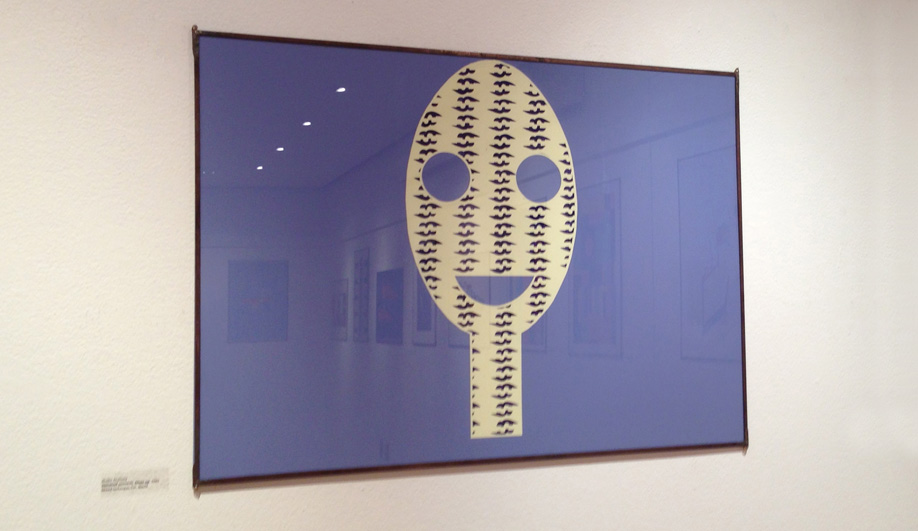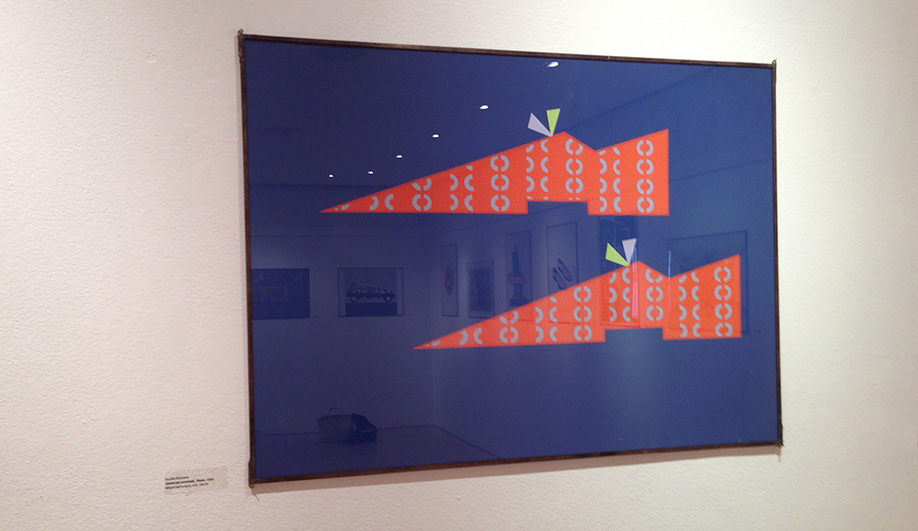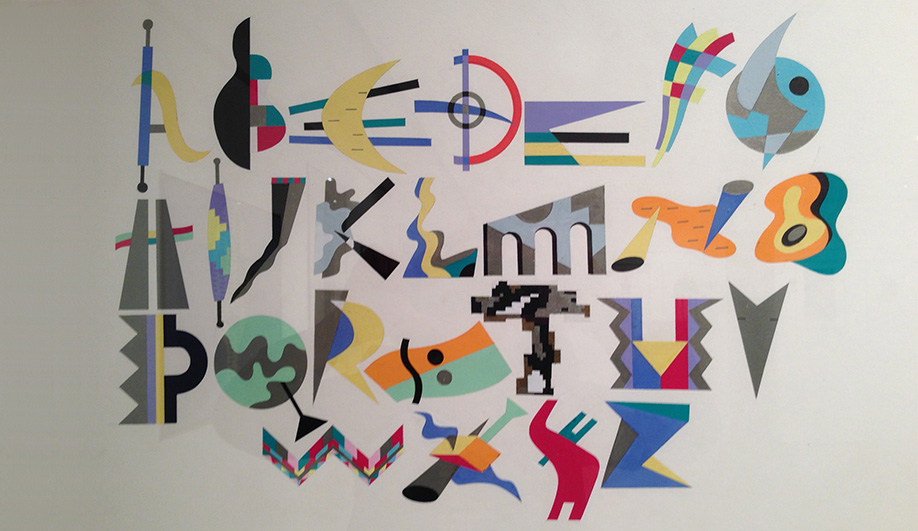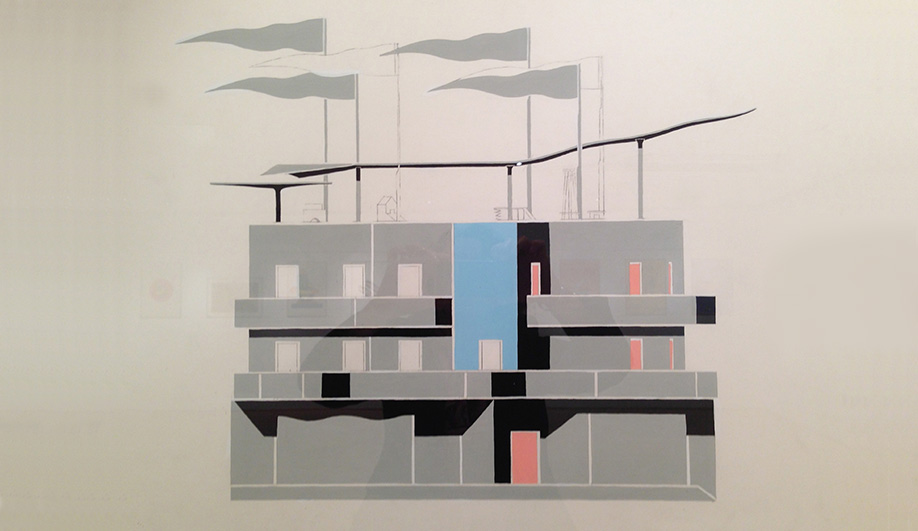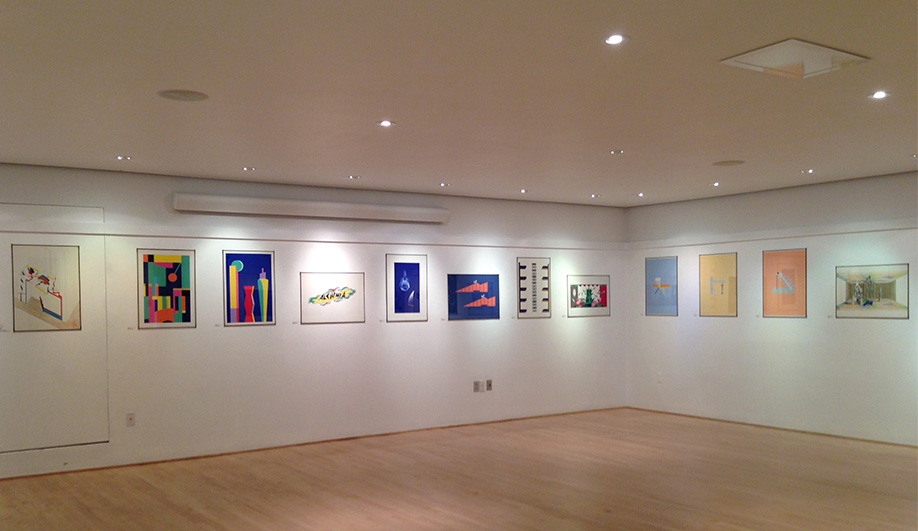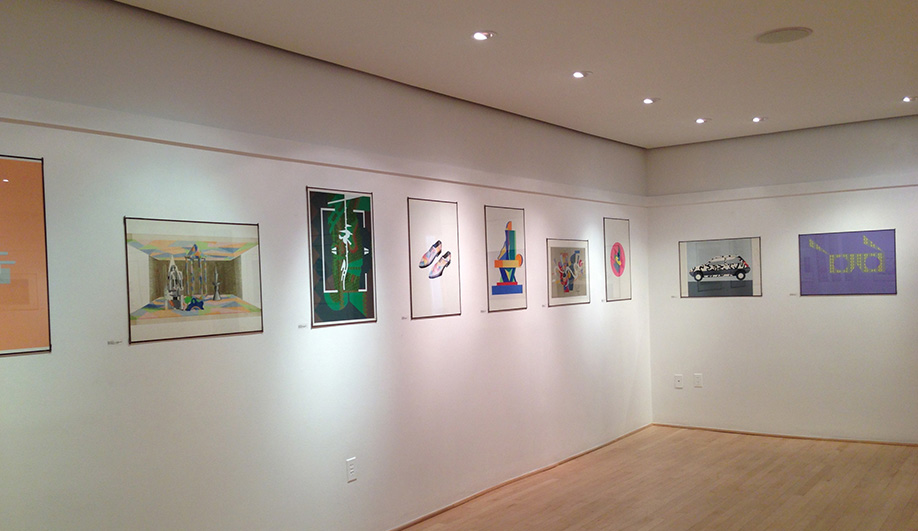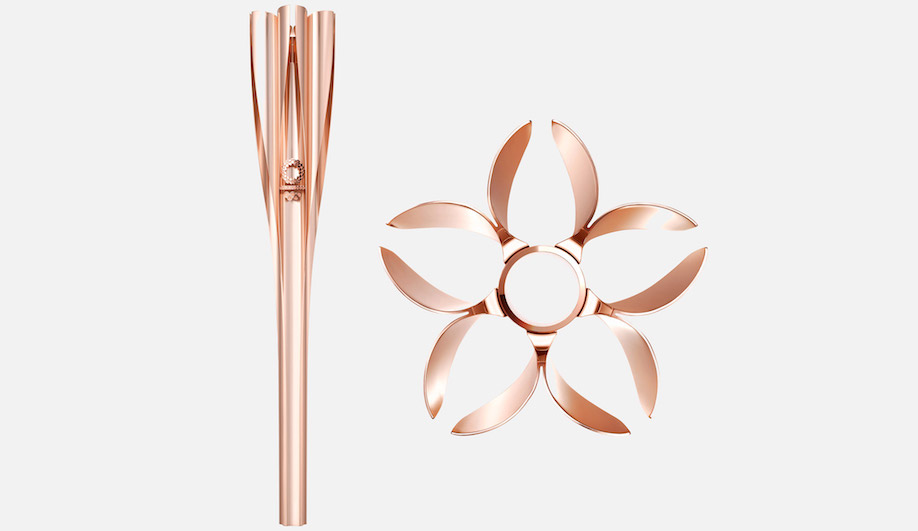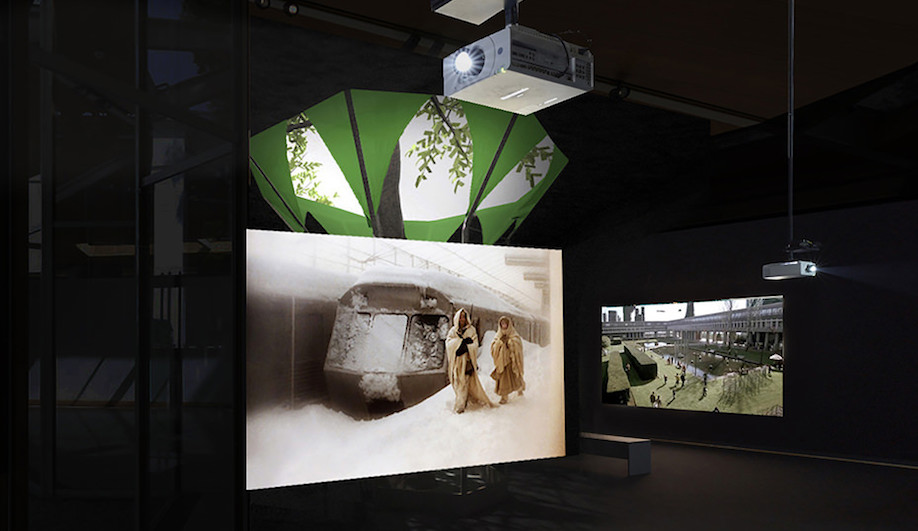Drawings by Studio Alchimia from the late ’70s and ’80s fascinate for their history, bravura and for the lost art of unbound pursuit.
I first met Alessandro Guerriero in 1985, the year Azure began publishing. I interviewed him in Studio Alchimia’s space in central Milan for an article that appeared in the third issue of the magazine. In 1976, Guerriero co-founded Studio Alchimia – a collective dedicated to post-radical Italian design, whose members boasted some of the most creative designers of the period, including Alessandro Mendini, Andrea Branzi, Ettore Sottsass, Michele de Lucchi, Bruno Gregori and others. Guerriero was in Toronto in late September to inaugurate an exhibition at the Italian Cultural Institute of drawings produced by Studio Alchimia, dating mostly from the late 1970s and 1980s.
The 35 drawings on display can be appreciated as exquisite examples of the kind of work routinely done by hand not so long ago – the skills for which have all but vanished – and as records of their time. The flat planes of colour, the squiggly decorations and the neo-classical riffs evoke the wave of post-modernism that rolled over design and architecture in the decade or so of the drawings’ genesis.
But beyond history and bravura, the artworks are fascinating for their shared authorship. Although you can clearly detect the influences of Branzi and Mendini, according to Guerriero, most of the illustrations were created communally, passed from one designer to the next. Drawing was the cornerstone of Alchimia, the means of expression and the final outcome. “The drawings by Alchimia are not a comment on their projects, are not a ‘rendering’ and do not have the typical function of a technical sketch or drawing: they are, instead, drawings of design,” explains Mendini in a text accompanying an exhibition in 1987.
Back in 1985, I remember feeling puzzled. The utopistic language, the unbound creative explorations – who pays for all this? How can this type of pure research exist without the expectation of direct outcomes tied to an industry?
But of course, the flowering of the design industry in Italy followed the radical experiments of Alchimia and Memphis. When I look back now, it seems that even more than the loss of hand-drawing skills, the time and space for undirected pursuit in the personal and professional spheres is perhaps the most valuable thing to have become extinct in our increasingly results-oriented society.
Now entering his 70s, Guerriero continues to work on changing mental landscapes. In 1987, he was one of the founders of Domus Academy and he now presides over the board of NABA or the New Academy of Fine Arts in Milan. Among his more transformative pedagogic work is his ongoing involvement in training inmates in Italian jails, and in Tam Tam, a free visual arts school he founded and directs in Milan, where the teachers – among them some famous designers – volunteer their time.
Drawings by Alchimia, 1976 to 1992, continues at the Italian Cultural Institute in Toronto until December 10, 2013.

